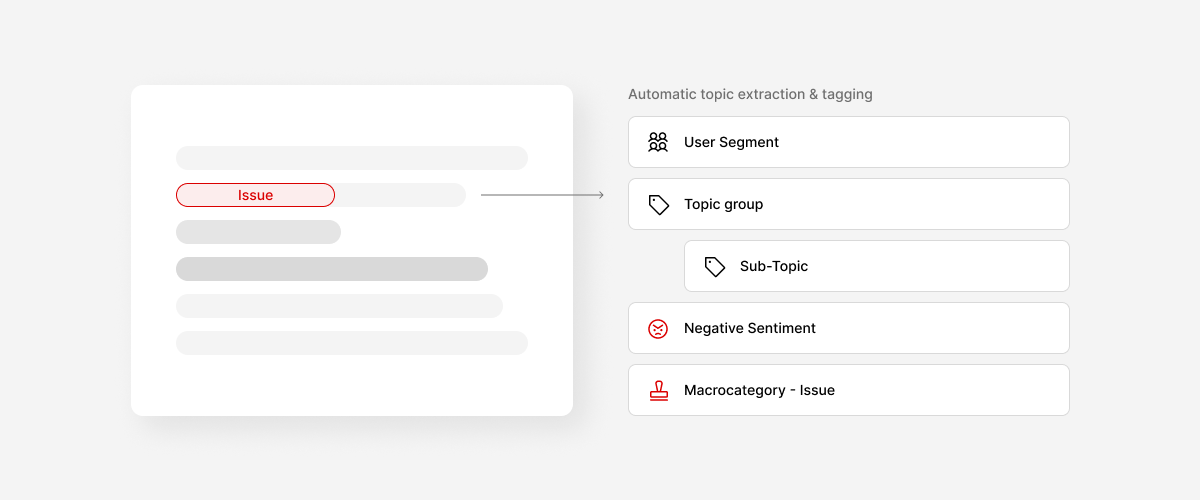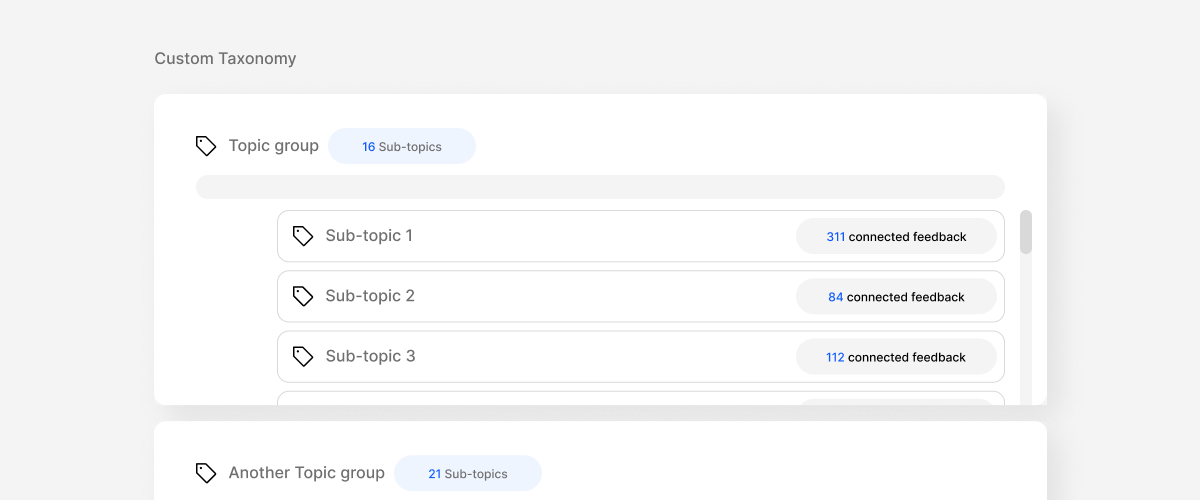The Compass of Product Management: Key Performance Indicators (KPIs)
Imagine navigating a complex product journey without a compass. That's where Key Performance Indicators (KPIs) come in - essential tools for product managers to measure progress, assess success, and guide informed decisions.
Why KPIs Matter:
In the realm of product management, KPIs play a crucial role:
- Gauging Progress: They provide a quantitative lens to assess how your product team is tracking towards established goals.
- Evaluating Success: By measuring key metrics, you can determine if your product is meeting its intended objectives and delivering value.
- Identifying Improvement Areas: KPIs highlight crucial areas where optimization and adjustments are necessary.
- Data-Driven Decisions: They empower you to base product decisions on concrete data rather than intuition or guesswork.
Crafting Effective KPIs: A 6-Step Guide:
- Define Your Goals: Start by outlining the specific objectives you aim to achieve with your product, be it boosting revenue or enhancing user engagement.
- Identify Metrics: Pinpoint the metrics that directly correlate with your goals. Consider factors like user retention rate for engagement or revenue growth rate for financial performance.
- Set Targets: Establish specific, measurable targets for each chosen KPI, taking into account industry benchmarks and past performance data.
- Implement Tracking: Set up a system to monitor progress towards your KPIs. This could involve a dedicated dashboard, spreadsheet, or analytics tool.
- Analyze Results: Regularly evaluate the collected data and extract valuable insights that inform your product strategy.
- Apply Learnings: Utilize the insights gained from your analysis to adapt your approach and optimize product development to ensure you reach your defined KPI targets.
A Spectrum of KPIs:
Product managers have a vast arsenal of KPIs at their disposal, categorized based on their focus:
- Financial KPIs: Track the financial health of your product, such as revenue growth rate, customer lifetime value, and profit margin.
- User Engagement KPIs: Measure user interaction and adoption, including daily active users, time spent in-app, and feature usage rate.
- Customer Satisfaction KPIs: Gauge customer sentiment and loyalty, using metrics like Net Promoter Score (NPS) and customer churn rate.
- Product Development KPIs: Evaluate the efficiency and effectiveness of product development processes, considering factors like time to market, feature adoption rate, and bug resolution speed.
KPIs: A Constant Companion:
Throughout the product lifecycle, from ideation to launch and beyond, KPIs serve as a constant companion. They empower product managers to:
- Identify areas for improvement: Pinpoint weaknesses in user experience, marketing strategies, or product development processes.
- Track feature success: Monitor the performance of newly introduced features and assess their impact on key metrics.
- Make data-driven decisions: Ground crucial product decisions in objective data rather than subjective opinions, leading to more informed choices.
By effectively utilizing KPIs, product managers gain a clear understanding of their product's performance and user behavior, enabling them to navigate the product development journey with greater clarity and purpose, ultimately leading to the creation of successful products that resonate with their target audience.



























